We’re excited to introduce you to the always interesting and insightful Zhijun Cheng. We hope you’ll enjoy our conversation with Zhijun below.
Zhijun, thanks for joining us, excited to have you contributing your stories and insights. Learning the craft is often a unique journey from every creative – we’d love to hear about your journey and if knowing what you know now, you would have done anything differently to speed up the learning process.
I was born in Foshan, China where I took an interest in art from a very young age. Because my mother used to be a kindergarten teacher, she often taught me to draw at home when I was young and that was my earliest artistic enlightenment. After my mother discovered my talent in art, she sent me to study with different teachers, and I also learned sketching, sequential illustration, Chinese traditional painting, and other painting techniques from different teachers. Later, as time went on, my art education became more and more professional.
In the process of continuous learning, I always feel that the more I learn, the more I don’t know. So I think the most important skill is to stay humble and accept the opinions others give you, but also to know how to analyze whether others’ opinions are really right for you.
In art classes during high school, I often spent a lot of time with repetitive fundamental skill practice and working on still-life drawings solely as preparation for exams. I believe that not having more time early on to build up my aesthetic and explore my creativity more was somewhat of a roadblock in my long-term artistic development.
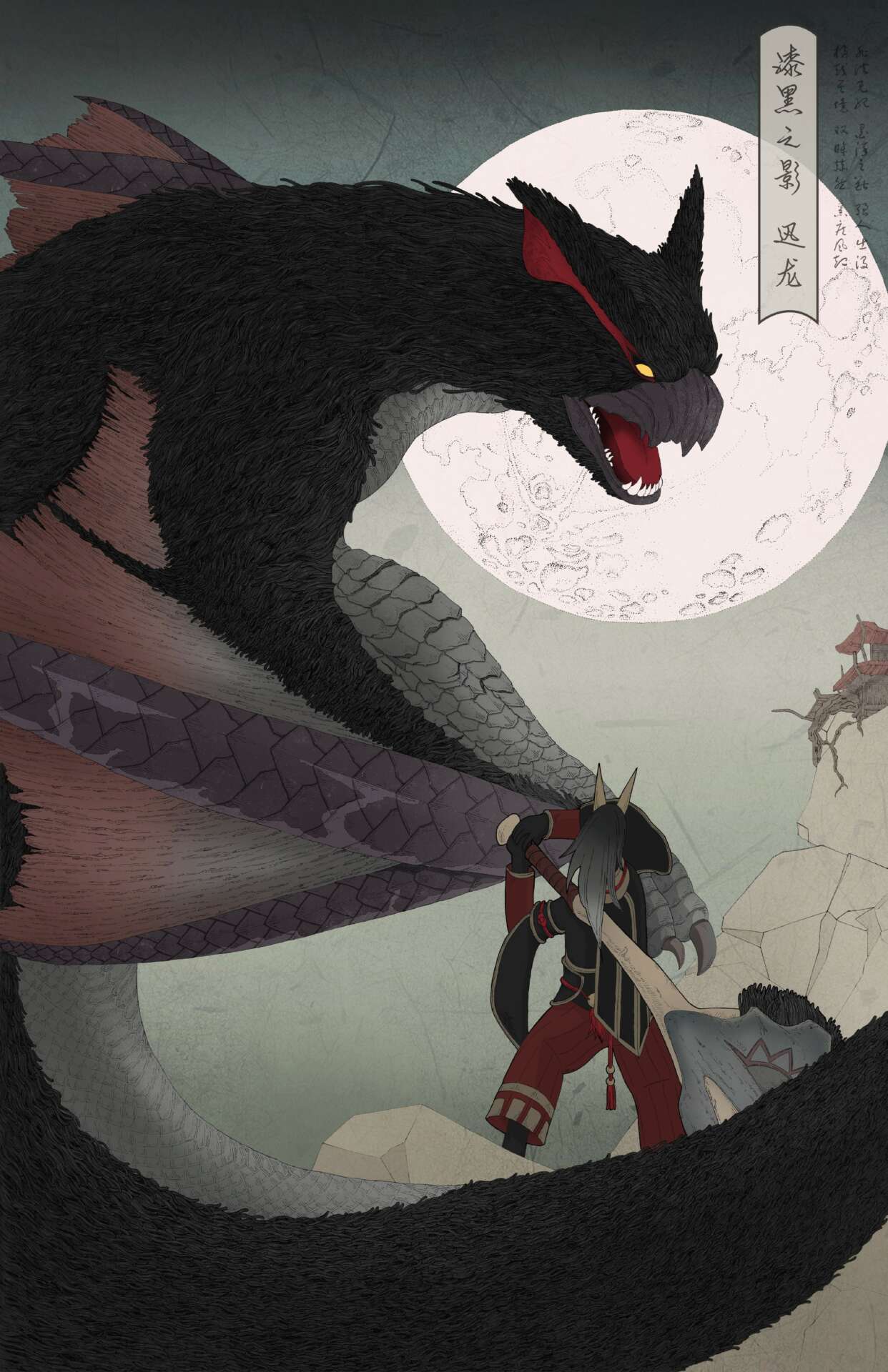
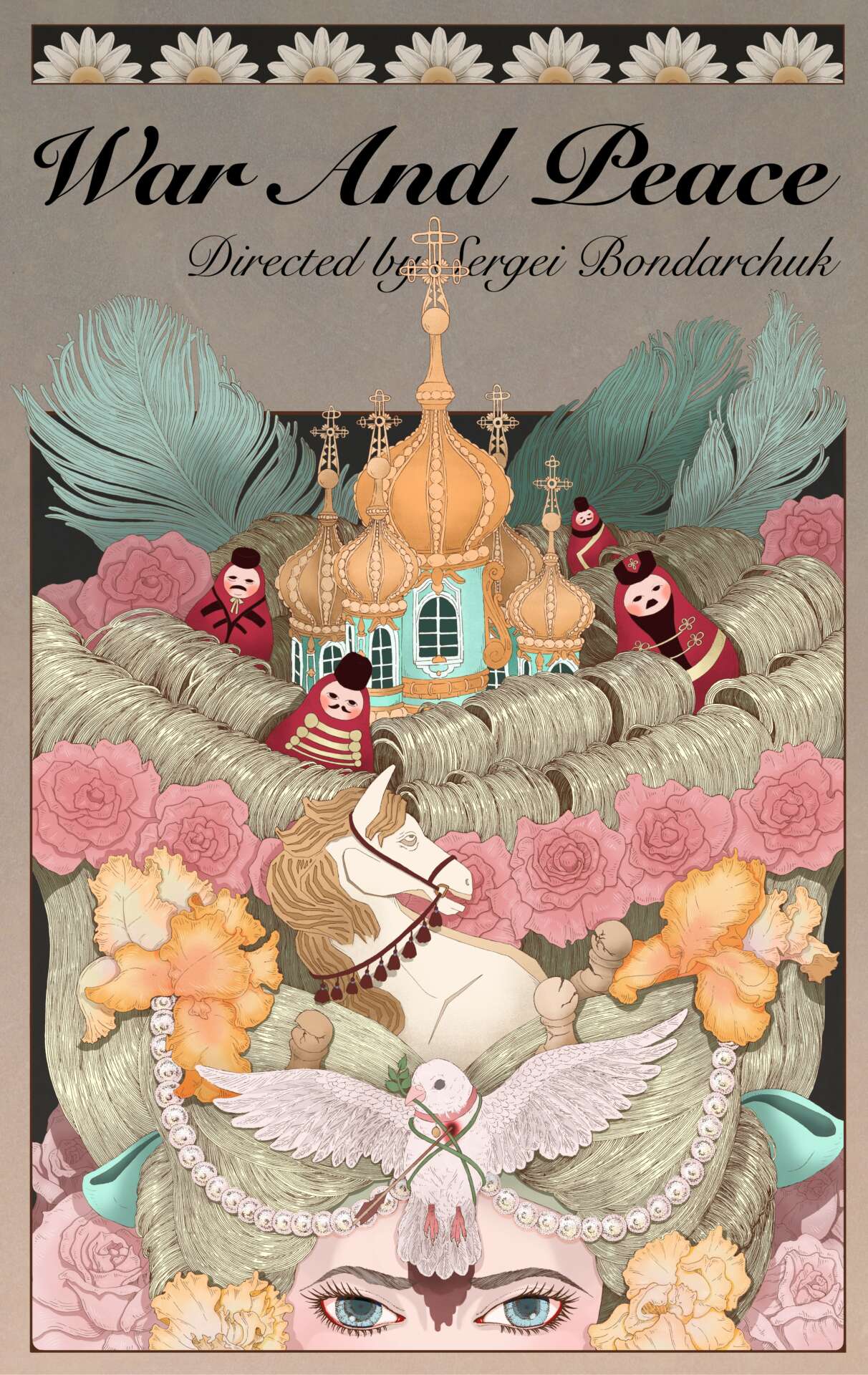
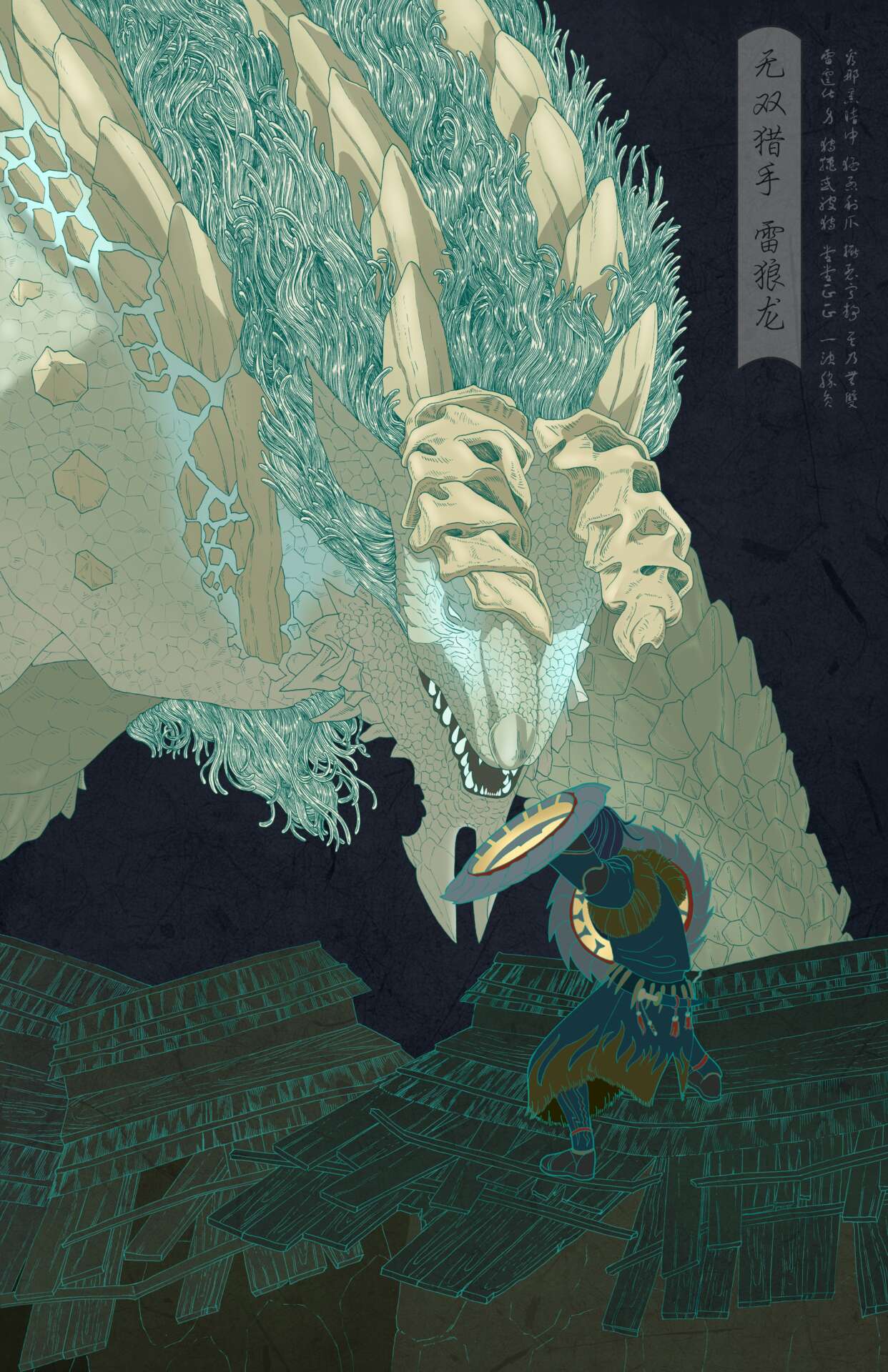
As always, we appreciate you sharing your insights and we’ve got a few more questions for you, but before we get to all of that can you take a minute to introduce yourself and give our readers some of your back background and context?
In China, the life of an art student is not easy. When I was in elementary school, I took lessons to learn how to draw every Friday night. When I was in junior high school, I studied in the studio all weekend from 9 am to 6 pm, every week. High school, for me, was the most stressful period. I, along with my fellow art students, spent almost a whole year in a specialized painting teaching institution, where we studied painting for almost 14 hours a day. This high-intensity painting study made me eager to try other majors, so I chose fashion design as my major in college. After all, fashion design is a high-end profession in the eyes of most people, not to mention that I was just an ordinary high school student at the time. However, in the process of studying fashion design, I found that drawing is the most suitable creative language for me, so during my fashion education, I independently continued to learn from the works of excellent illustrators to improve my drawing skills. After graduating with my bachelor’s degree, I applied to SCAD’s illustration program as a graduate student. I am an illustrator who often incorporates digital elements into my hand-drawn illustrations. My inspirations are often animals, fairy tales, and traditional Asian cultures, which I reconstruct using darker representations by integrating wicked components in order to bring attention to the alternative form of beauty. I often draw fine lines on paper with a micron pen and then scan the lines into a computer to color. I know that with the development of technology, many illustrators have abandoned the use of traditional materials and switched to the more convenient electric drawing, but for me, the joy of drawing on paper with a pen is something that no digital application can ever replace. And, because drawing with traditional illustration tools is not easy to modify, I have to force myself to keep improving. My persistence in using hand-drawing techniques that reinforce the traditional elements of my work is what I am most proud of and also what sets me apart from many artists in this digital age.
Is there a particular goal or mission driving your creative journey?
A short-term goal of mine is to be able to become an independent freelance illustrator so that I can support myself and have agency over my own life. On the other hand, a long-term goal of mine is to provide other girls with the hope that they can become self-sufficient regarding their careers and aspirations. I want to help other girls to have a chance to achieve more in their lives beyond what a traditional family may expect of them. At least personally, many of my family members and classmates from high school marry at an early age. From there, these girls’ lives are full of baby-carrying, endless housework, and lowered expectations for doing anything outside of spousal duties or motherhood. It seems to me that, at least in East Asia, women don’t experience the same boost toward success and independence that men do.
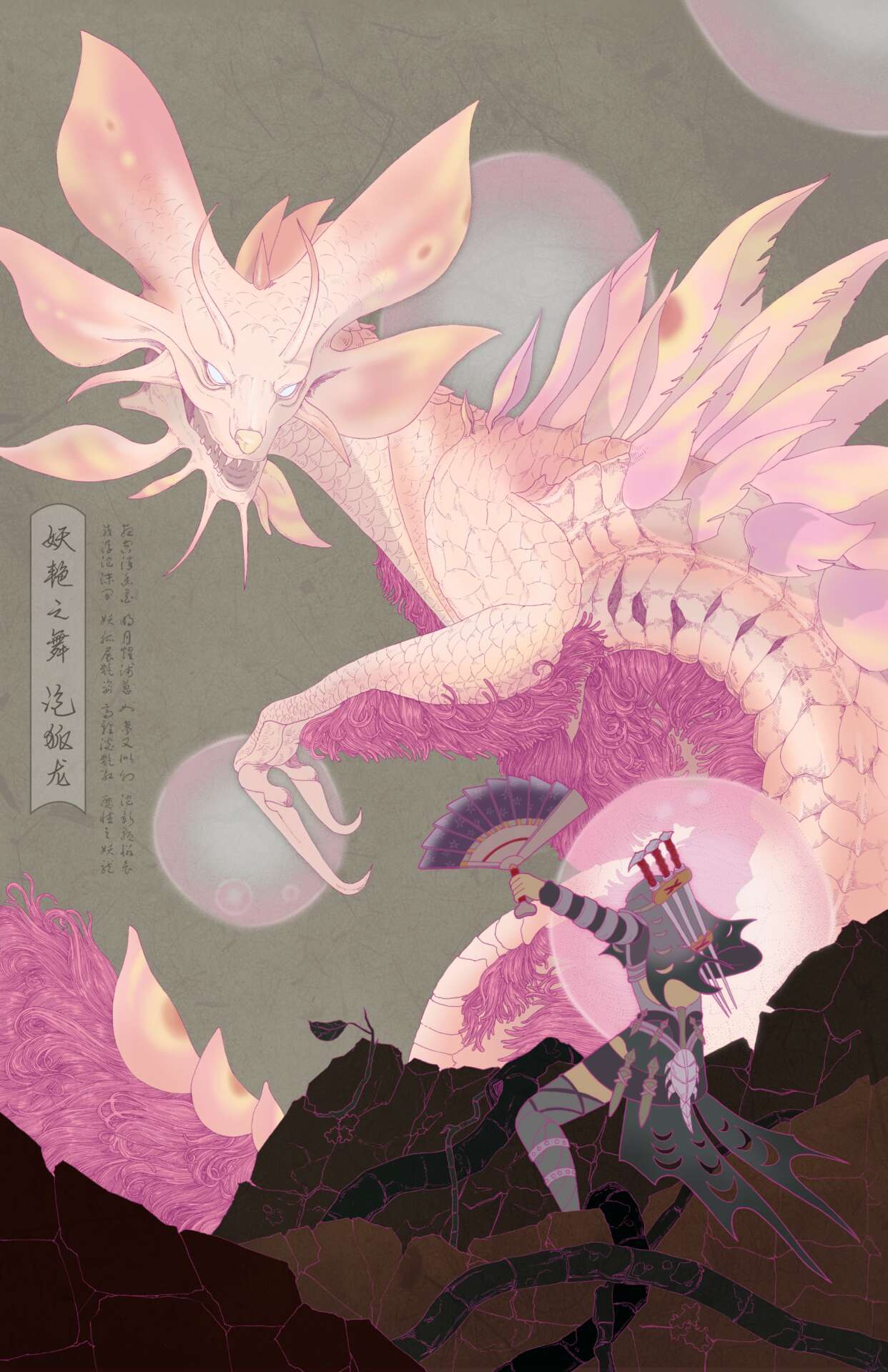
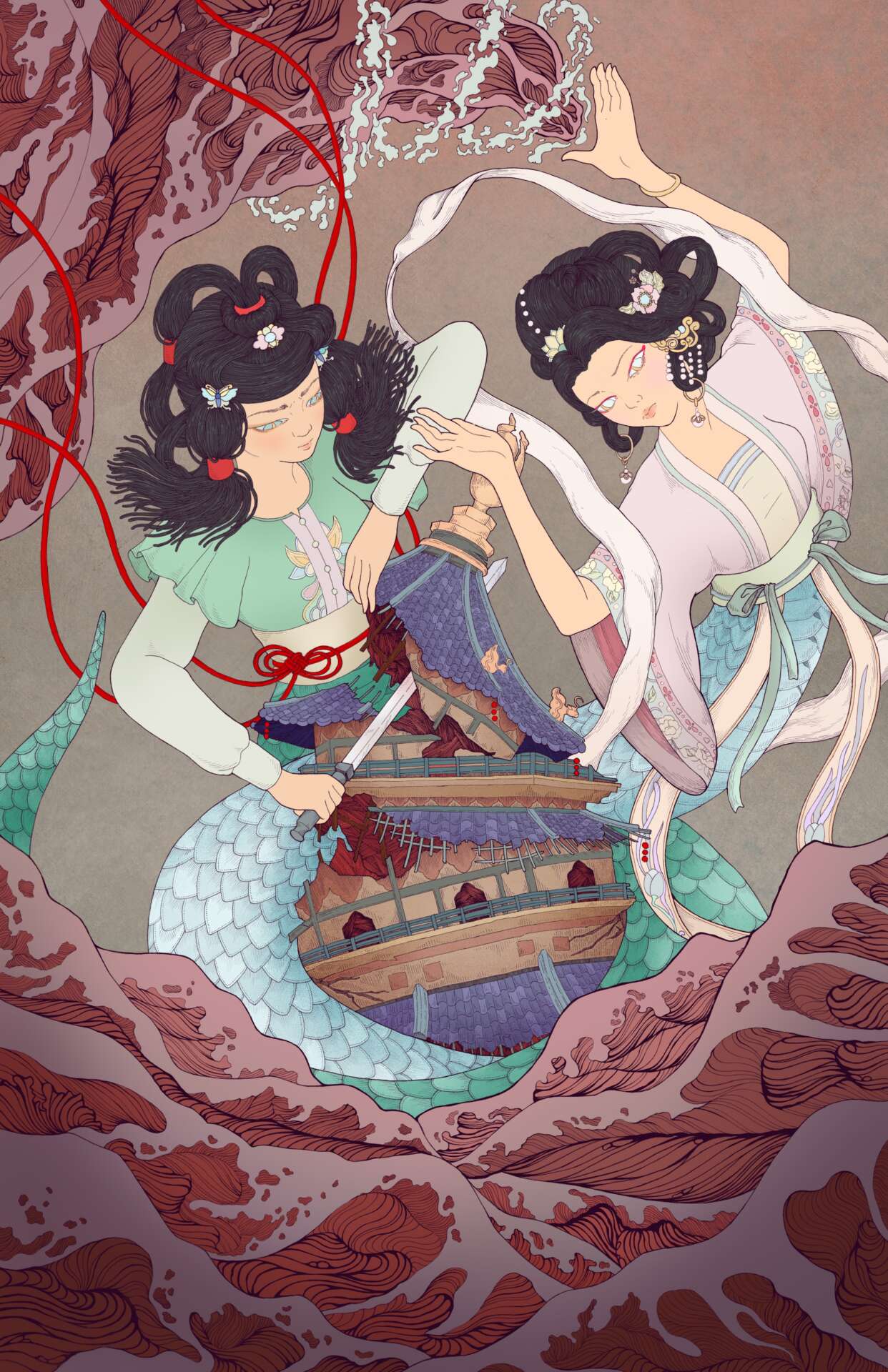
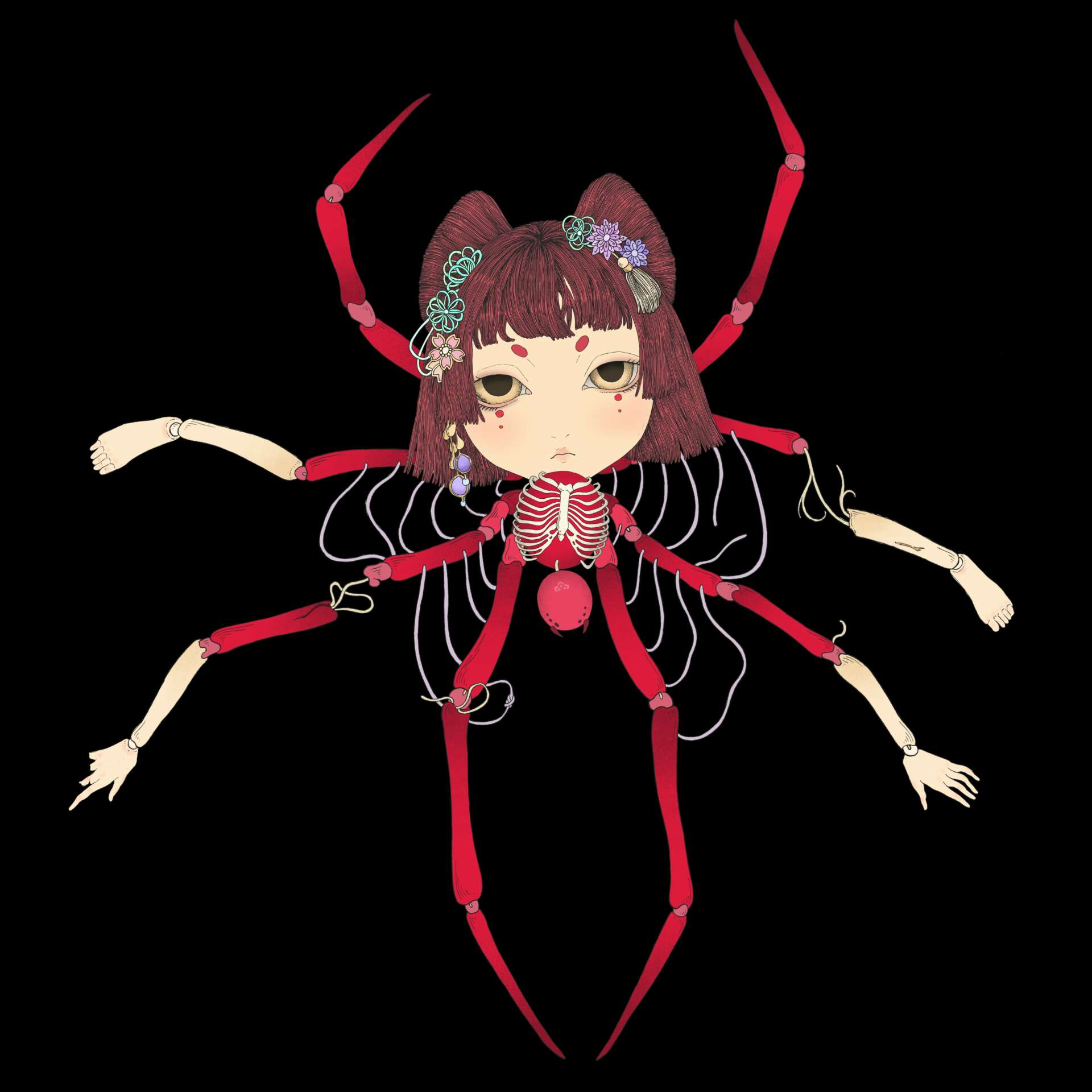
For you, what’s the most rewarding aspect of being a creative?
The most rewarding aspect of being an artist for me is creating something new—bringing an idea to life. I think about the concept of having “good taste,” but with that concept, you’re only seeking to impress others and not providing anything of original substance; it’s just buying things, consuming products and media, or chasing other people’s creations. These are all part of life, generally. I like to think I have good taste! But as an artist, you can go beyond that. You can create something that isn’t just part of whatever is popular or trending right now and go in a new direction.
Contact Info:
- Website: zhijuncheng.com
- Instagram: @junnn.arttt
- Linkedin: https://www.linkedin.com/in/zhijun-cheng-1035a920a/
Image Credits
Jun


